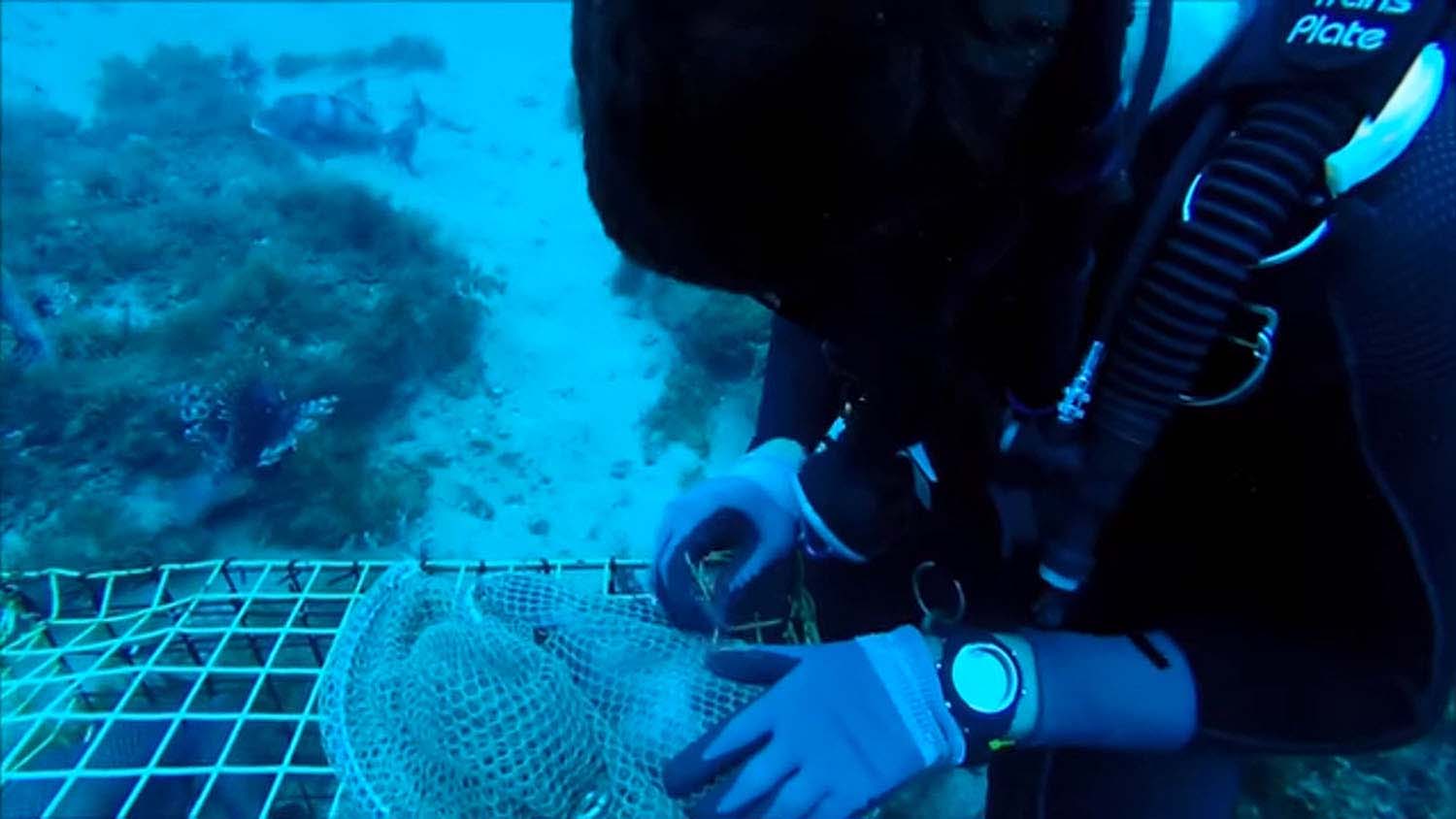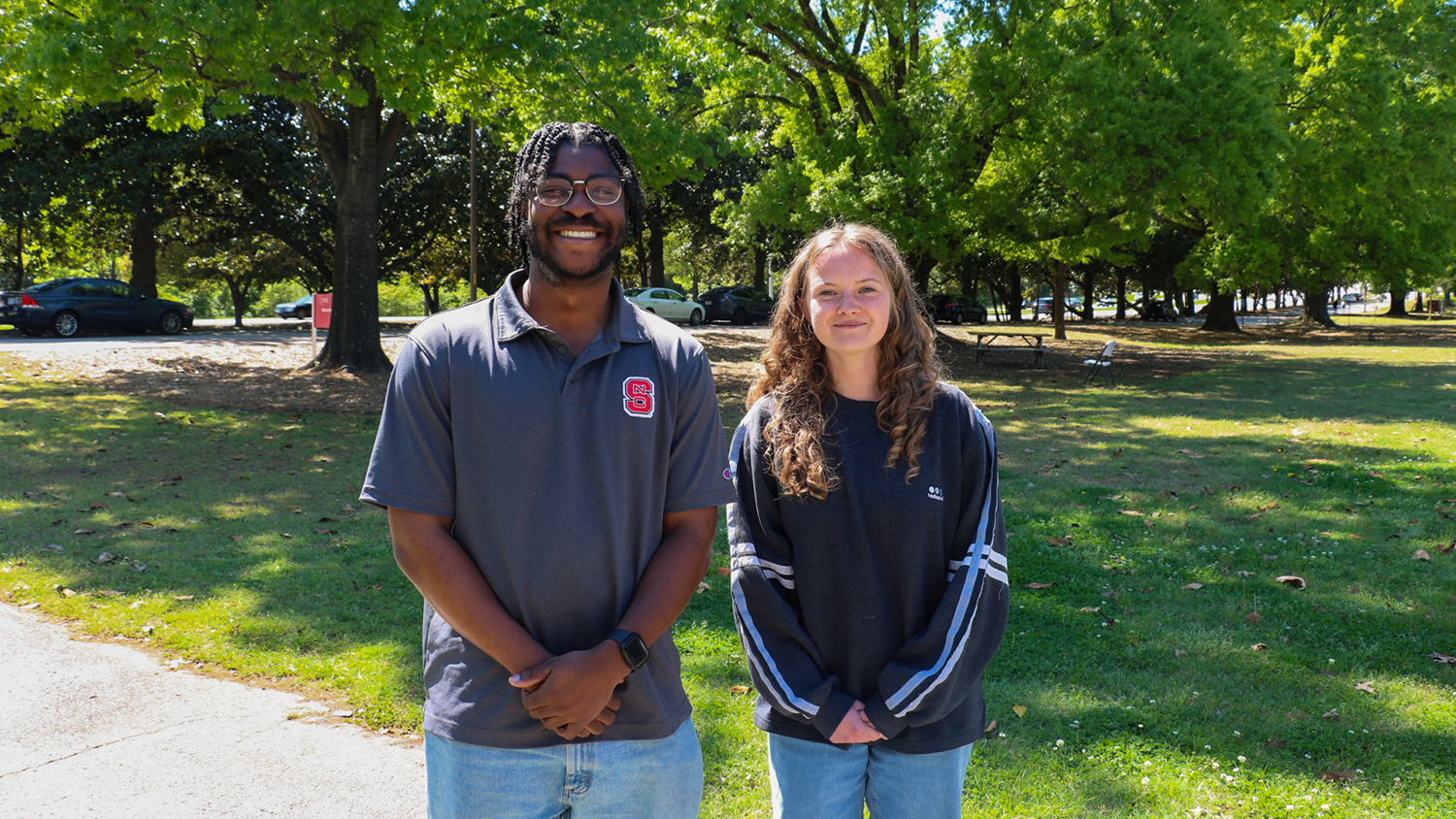NC State Researches Catch-and-Release

As fishermen often catch and then release undesirable fish back into the ocean, NC State University Professor Dr. Jeffrey Buckel, his research student Brendan Runde and research associate Paul Rudershausen research how well once-caught fish survive following this catch-and-release process.
Recreational and commercial fishermen release caught fish (catch-and-release) because of fish size limits, bag limits and even unintentional captures when other fish are the targets. Rudershausen and Runde’s two separate, but related, research projects take them to the southern coast of North Carolina, where Rudershausen studies dolphinfish, also called mahi-mahi, and Runde studies gray triggerfish.
Runde and Rudershausen begin their research by tagging fish. They classify the fish that they catch as in either good or poor condition after being caught, depending on how much damage the fish sustains when caught.
When fishing boats re-catch dolphinfish that have Rudershausen’s tags, Rudershausen compares the recovery rate of dolphinfish in good condition to fish in poor condition. The difference in recovery rate reflects the impact of hook trauma on survival.
Gray triggerfish biology allows them to live in deep water with high water pressure near the seafloor, but the lower pressure of the ocean surface causes the fish a high degree of trauma when they are brought to the surface quickly. Runde’s team therefore uses cages on the seafloor to capture gray triggerfish and then dives down to inspect and tag them, so that Runde has a control group of fish that aren’t injured.
Scientists and policy-makers base fishing limits on fish that are brought to docks, so fish that are caught and then released are often unaccounted for and presumed to survive. Understanding catch-and-release mortality of gray triggerfish allows fishery managers to assess the effectiveness of the current protections on grey triggerfish.
Fisheries play in major role in the livelihood of North Carolina coastal residents—commercial and recreational fishing combined have a greater than $1.5 billion dollar impact on the state’s economy. Well-structured fishing limits and protection allow for sustainable fish populations, which ultimately helps fishermen, too.
The word ‘fisheries’ encompasses both the fish populations and the people who catch the fish in that area, Buckel says. Buckel’s lab works with the cooperation of commercial fishermen Tom Burgess, formerly on the South Atlantic Fishery Management Council, and charter boat captain Dale Britt, captain of the sportfishing charter boat Sensation. Buckel, Runde, and Rudershausen conduct their research through NC State’s Center for Marine Sciences and Technology (CMAST).
As fishing for triggerfish and dolphinfish continues, Runde and Rudershausen’s research to understand the consequences of catch-and-release will help establish management policies for fisheries.
— J. Long


